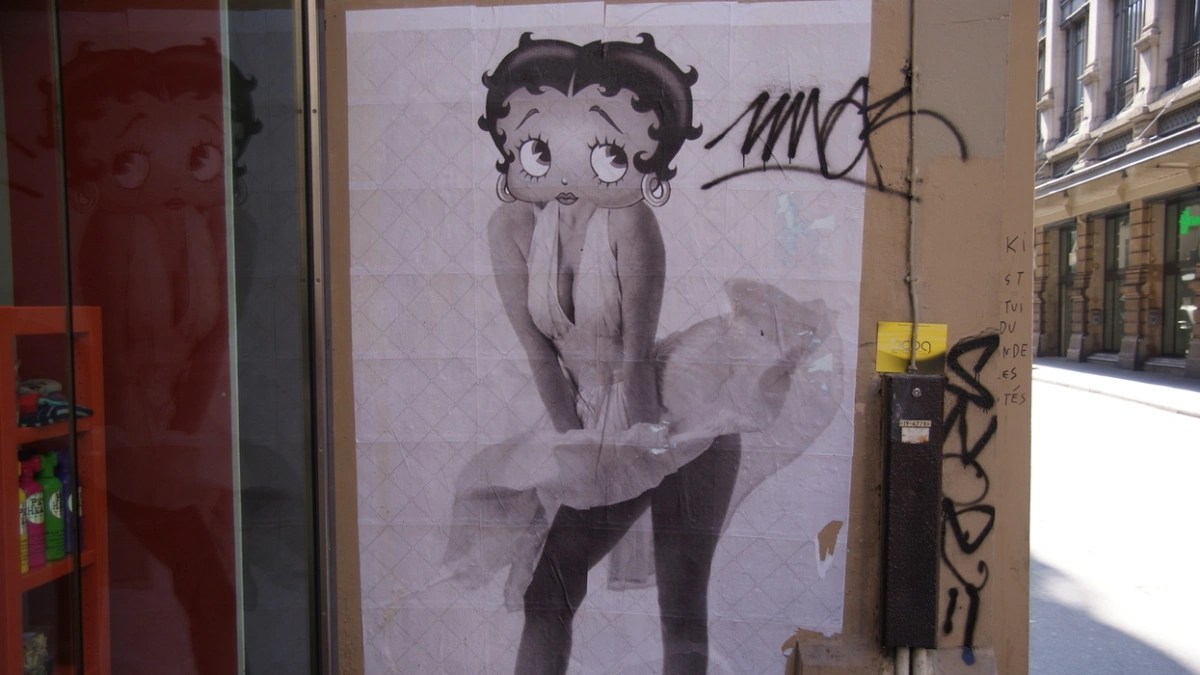In 1991, U.S. attorney Anita Hill testified against Supreme Court nominee Clarence Thomas for sexual harassment, and nevertheless, the United States Senate confirmed Thomas to the Supreme Court. In 2017, after many women broke the silence on Hollywood producer Harvey Weinstein with a horrifying number of allegations of sexual abuse, Weinstein was fired from his own company. Actor Kevin Spacey was fired from various productions after allegations of his transgressions surfaced. The same for comedian Louis C.K. And so on and so on in this monumental landslide. So what’s changed between 1991 and 2017? Why are institutions no longer protecting accused abusers? Psychotherapist Esther Perel believes it’s not the accused who have changed over time—they are not worse today or more prevalent than they were then—but rather it’s the accuser who has changed. In the past women did not speak out against sexual abuse because of the fear that they would not be believed. It was “part of the deal” of life as a woman, says Perel. Women today, however, finally have enough social power to withstand the forces of denial. “And so the system, for the first time, has to reckon and has to act with consequence to the allegations that are being made,” says Perel. The old dynamic between men and women is shifting, and there is rising proof that women will no longer tolerate having to ignore or manage sexually violent or unwarranted interactions. So where do we go from here? Perel champions increased understanding between men and women, rather than demonization, and recommends a shift in gender socialization that begins in childhood—meaning no more pink for girls and blue for boys. No more divisive constructs that make men and women feel as though they are from different planets. Esther Perel is the author of The State of Affairs: Rethinking Infidelity. See more at estherperel.com.
Esther Perel: Sexuality and power are tightly interwoven, and this is not the first time that people have taken on the abuses of power that are inflicted upon people through the currency of sex. Anita Hill, not that long ago, took on Clarence Thomas. But maybe what changed is not so much the accused as much as the accuser. That perhaps women today have enough 'massa' and enough power themselves to withstand the forces of denial.
And so the system, for the first time, has to reckon and has to act with consequence to the allegations that are being made. The big question is not why is there anything more happening today; it’s that people have not spoken out—women, children, lots of people who often were disempowered and humiliated—did not speak out because of the fear that they would not be believed.
This is what is changing. That the burden of proof is switching a little bit and a certain norm is shifting.
One of the very good examples for me when I look at shifting norms is corporal punishment. For a long time parents and teachers could hit their children. It was part of discipline and part of childrearing. A norm shifted that said: “This is no longer possible. This is actually not a means for education. This is not a decent pedagogy. This is harmful and this is violent.”
Similarly something is shifting in the conduct between men and women. It’s a given that power and sex are intertwined, but sometimes they are intertwined in a way where it becomes power to, and therefore there is a power to feel affirmed, to feel desired, to feel strong, et cetera, versus a power over, and that is a form of humiliation, of oppression in which it is very little about sex and a lot more about violence.
So I think first of all, we’re using the word 'misconduct' and we are lumping in that word a number of different behaviors. We are talking about harassment, we are talking about assault, we are talking about rape. These are very different experiences, degrees of experiences, first of all.
Second: I think that before we only focus on misconduct we need to talk about male sexuality, male sexual conduct rather than only the misconduct. There needs to be a context to this. So it is true that in a different context women of a certain generation accepted a certain kind of banter or a certain kind of conversation, vocabulary, sexualization, use of power that they themselves participated in as well, that allowed women to actually be told all kinds of things for which they would have had probably different reactions than the younger generation today. It just was part of the deal. That’s what you have to contend with, and you know that some of them are vulgar and some of them have utter poor taste and some of them are creepy, and you just manage it. You manage a culture like that.
I think what is shifting is people are no longer willing to manage it, to take this as the granted norm and then hope that on the periphery of that there are other kinds of behavior. I think what is shifting is that the periphery is coming to the center and a whole context, a whole ecology that was seemingly accepted or tolerated is no longer tolerated. And those shifts take place culturally all the time. Where we put the boundaries, what we consider is transgressive, what we—you know there is a difference. Women have known the difference between receiving a compliment and being degraded. In one they feel enhanced, they feel beautiful, they feel appreciated, they feel recognized for the efforts that they have put into making themselves look good.
In the other they feel icky, they feel dirty, they feel spoiled; they know the difference. It’s a visceral difference. And then there may be a range there where sometimes they’re not sure. But that is a small part of not being sure, with major territories of clear delineations between desire, between a compliment and between degradation.
In the last weeks I have actually conducted a number of large-scale conversations about sex and power, men and women, and where we go from here. And I think that what needs to happen is a place where men can speak about their confusions, where men can speak about their vulnerability—safely—where men can speak about their self-doubts at times about really knowing what do women want, the way that Freud asked the question a century ago, and a space where women can safely speak and be angry.
The shift is for men to have a safe space to be vulnerable and for women to have a safe space to express their aggression, a safe space to express their anger, their resentment over the amount of acceptances of micro-aggressions that they have had to deal with. And at this point a roar is coming out of them. It’s no longer okay.
But to only create a legal environment in which people just go after the other and punish them and reinforce more distrust, I’m not sure that’s the society we want to live in. We want a society in which people can intuit each other better, in which people are able to experience the ambiguities of iterations and reiterations that are part of all relational systems.
We don’t want to have women not be hired because we are suspicious of them, and in which women and men are constantly afraid of each other, suspicious of each other and looking out for the way that each of them is going to take advantage of the other or is going to lash out at the other.
We do want a culture in which there is a greater sense of understanding, a greater sense of empathy, in which men understand the experiences of women and in which women understand the experiences of men. And that requires an enormous amount of contact and communication, and from very young on, from little children on, that requires a culture that does not from the beginning create pink and blue, with a sense that none of these two can ever understand each other.
And my work is about creating those conversations, those dialogues, those places in which men hear women in a way they’ve never listened to them, and where women hear men speak about their experience in a way that men have never even uttered, not even to other men for that matter.
And it is that socialization process that I take on in my work around gender, gender socialization, and a larger culture of men and women, and the fluidity in between.






